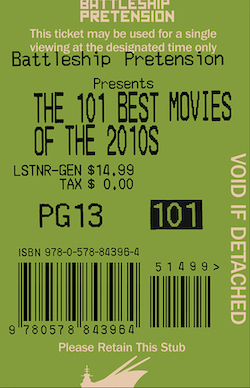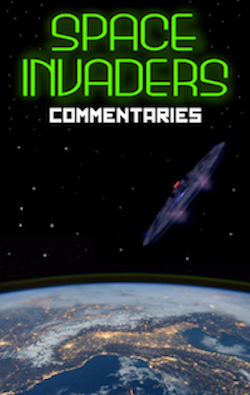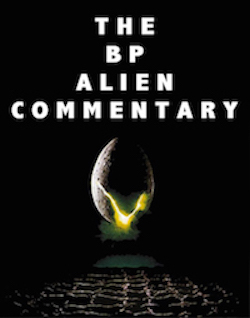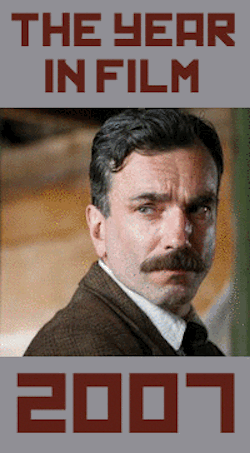Riotsville, U.S.A.: Violence Through Strength, by David Bax

There’s no question why director Sierra Pettengill chose now to make her new documentary, Riotsville, U.S.A., about American military and police riot suppression training in the 1960s. In the aftermath of the murder of George Floyd and during the January 6, 2021 insurrection at the nation’s capitol, we saw how law enforcement chooses when and when not to employ heavily militarized tactics, both in response to an in preparation for a massive political protest. If you think I’m editorializing here, I apologize; I feel it would be irresponsible to treat every issue with the spineless, both-sides bullshit we’ve come to mistake for journalistic ethics. But if you watch Riotsville, U.S.A. (which features some editorializing of its own), you might find it difficult to stay neutral.
Pettengill’s most rewarding choice as a director (not least because it happens to coincide with my preferred method of documentary filmmaking) is to rely entirely upon existing footage. That’s not to imply that such an approach can’t be biased but it shows the kind of respect and awe for filmed images that we should expect more often from documentarians. And, for what it’s worth, Pettengill does let plenty of the footage filmed at the fake towns the military built on bases to train police to put down riots play at length, allowing us to see them as they were and judge (hopefully harshly) for ourselves.
You’ll hear testimony from the time these “Riotsvilles” were built claiming they are a “non-political” solution, that the question of violence in the streets in “too important for politics.” But when the social climate is oppressive and unbalanced–the kind of situation that leads to such demonstrations in the first place–maintaining the status quo is a political decision, made in the favor of those who already hold the power. It’s the same reason that how and how much we fund police departments today is such a combustible political topic. The way we’ve been doing things clearly isn’t working for a lot of people but political power remains in the hands of those for whom it is.
For them–those with the money and status–this is exactly the solution they want and which they would prefer to be broadcast; the categorization of those who oppose the mainstream as enemies, even though they are just as much Americans as any other citizens. The direct line from the events, decisions and polices depicted in Riotsville, U.S.A. to the fascist voices of today who insist their way is the only way of being a patriot makes the film explosively damning.
All the more frustrating, Pettengill reminds us that we uncovered, even at the time, what needed to be done about unrest. And it wasn’t building life-size playsets for cops to practice brutality. The 1967 National Advisory Commission on Civil Disorders (chaired by Illinois governor Otto Kerner Jr. and referred to as the Kerner Commission) found that the problems that needed to be addressed were with lack of economic opportunity for poor, non-white Americas, among other deep-rooted symptoms of our nation’s systemic racism.
Look, I know I’ve editorialized quite a bit so this last speck of criticism of Riotsville, U.S.A. is going to sound hypocritical. But the evidence and insight Pettengill has assembled here is so inflammatory that the doses of opinion dropped into the narration (read by actor Charlene Modeste) feel like overkill



























